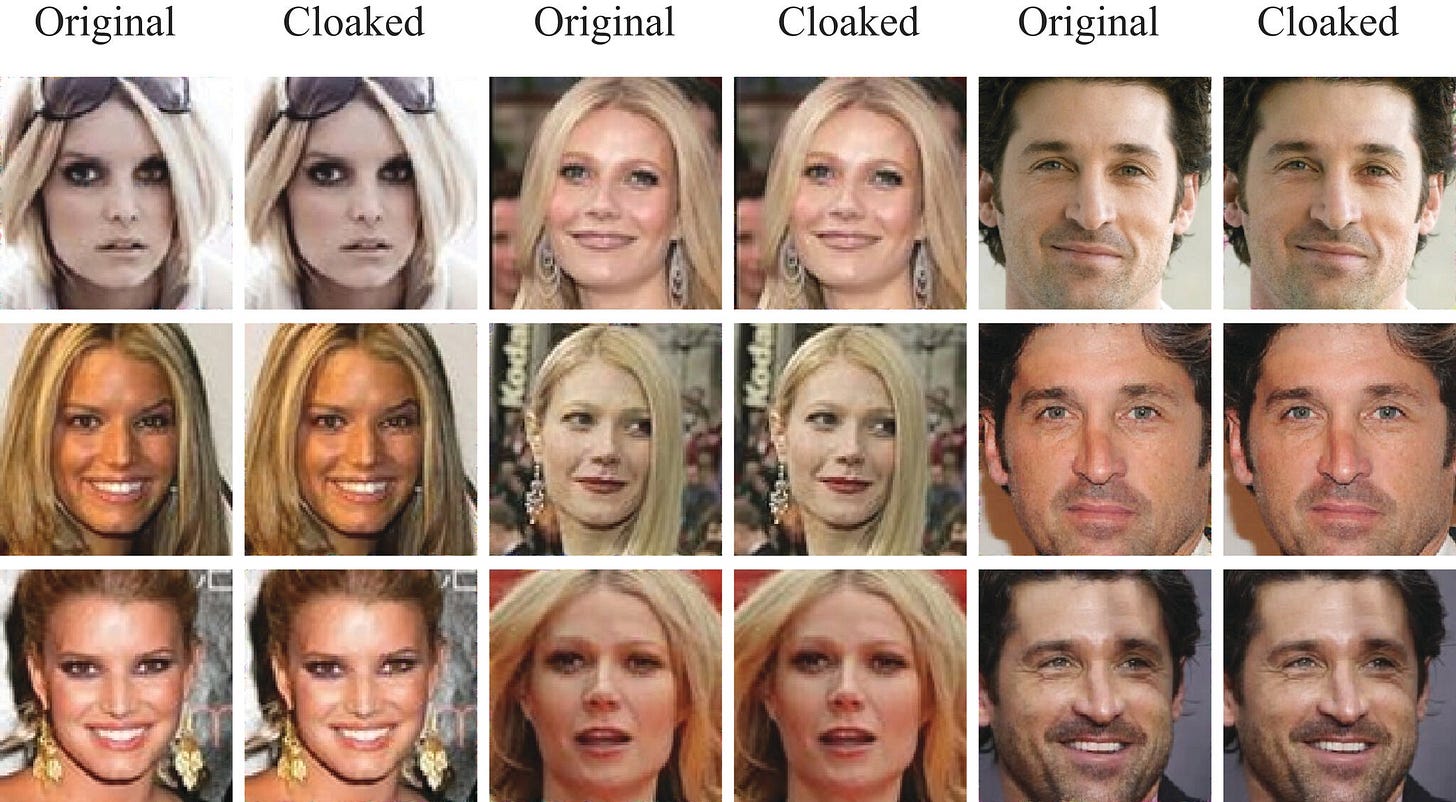1. One thing that can help
Heading overseas? OK, I know you’re not! Want to talk to the locals but learning a new language is too hard? Worry no more because help is on the way. Matthew Leonard and his colleagues at the University of California can supercharge your language learning skills Matrix-style. “I know Kung-Fu” (nerd reference).
They have developed an electrode that is an earbud. This earbud stimulates the wearer’s vagus nerve as they hear a speech in a different language. This results in a 13% improvement in their ability to recognize language tones against those who did not receive the stimulation. By the time we’re able to travel again we’ll all be haggling at the market like a local.
It is thought that the stimulation temporarily boosts attention span which makes the participant learn faster. This technique is currently used to treat epilepsy but usually through a surgical implant into your neck. Between the convenience of an earbud and a surgical implant, I’d take the earbud any day!
https://bit.ly/2Z1UvGu
2. One thing to be wary of
Most people know that authorities are using facial recognition software to identify and search for people. We have seen it used to identify protestors, as well as people at crime scenes, and link it through to an identification site – such as their Facebook account.
If you think your face is not in the databases being searched, you are most probably wrong. One company, Clearview AI, has scraped billions of online photos to create a database for their (mostly) law enforcement clients to search.
To combat this tech and keep our online-faces safe, a team at the University of Chicago came up with a tool to mess with the facial recognition AI algorithms. The software called Fawkes does this by inserting tiny pixel changes into the photos we upload. This fuddles (my technical term for today) with the AI matching techniques.
The question is, are you happy to have your modified photos visible for all? Will you still be Insta-beautiful? Whilst not being perfected yet the following examples look pretty good to me:
https://bit.ly/3gT5vw2
3. One thing to amaze
My Google Glasses were cool. I got them in 2014 and we built some amazing software for them. Including the ability to simply look at a painting to identify it, then play a video (through the Glass) to give the art-lover some background on the painting. Google Glass fizzled out (for now) but it has made way for a new breed of augmented reality (AR) glasses.
This week the “U+ Real Glass” launched – check out the awesome launch video
The glasses connect to your smartphone which you use as a remote. Then you can view multimedia content on a 100-inch screen experience. Also, as you can see in the link it overlays images, video and content over the real-world! You can also multitask with several apps open at once.
I am convinced AR glasses will play a big role in the near future and provide a richer experience in many things such as:
· following an AR instruction video while you build/work on something in real life
· shopping online, seeing what you are buying already in your home or on you
· playing amazing games (think Pokemon Go next level)
· improved mapping and directions
· provide rich information and context about what you are viewing in the real world.
This is one technology I am super excited about.
https://bit.ly/3hUypNy
